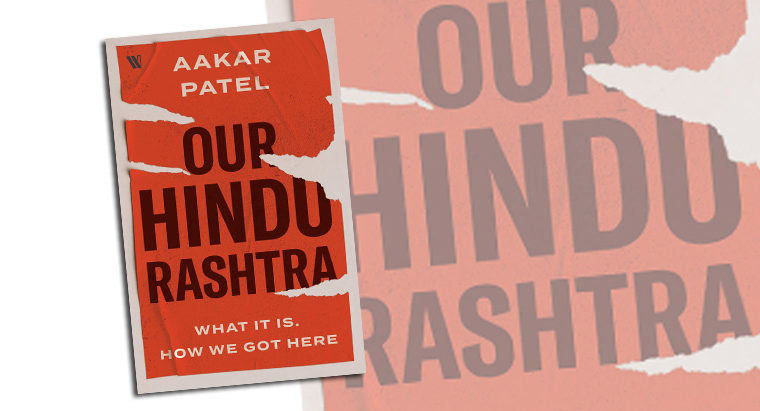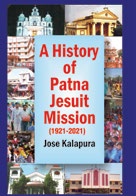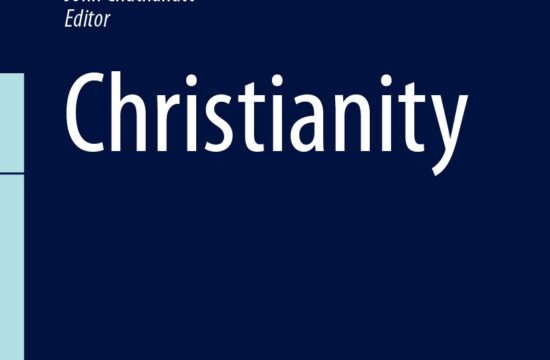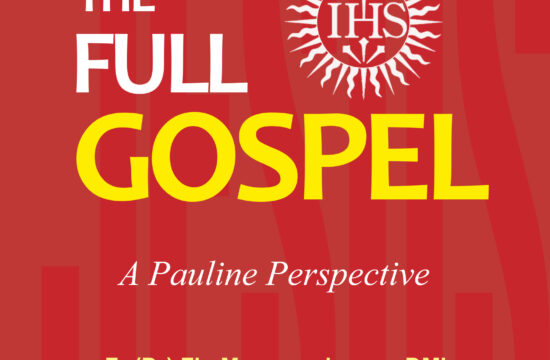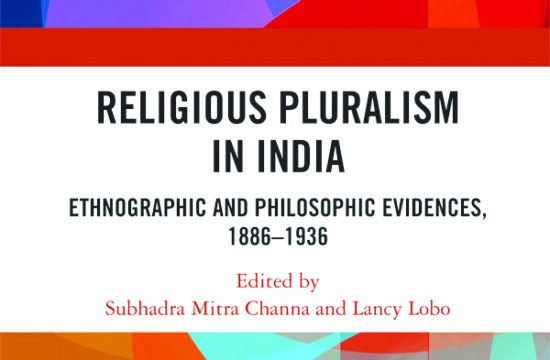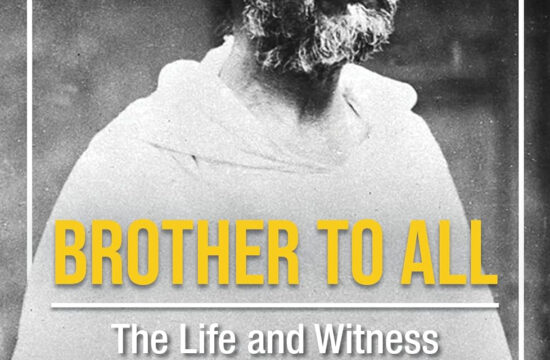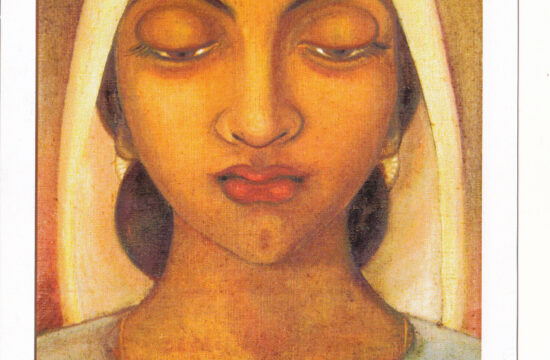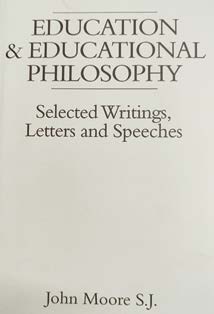India has taken so sharp a turn in recent years that the very centre has shifted considerably. What led to this swing? Is it possible to trace the path to this point? Is there a way back to the just, secular, inclusive vision of our Constitution-makers? These are the questions that Aakar Patel wrestles with, in this book Our Hindu Rashtra: what it is, how we got there?*
Aakar Patel, columnist and former executive director of Amnesty International India, was arrested and then let out on bail earlier this week for allegedly posting “offensive” tweets against Modi.
This book is about how India became majoritarian, privileging one community over others. The Indian constitution did not officially privilege the rights of one community or privilege one religion over the others. Under the Modi regime, the constitutional goals and the lived reality have continued to lose resemblance to the values of the constitution. “Minorities are actively and regularly persecuted, dissent is punished, the judiciary is unable to balance executive overreach, freedoms are restricted often to the point of being absent, and the State is vicious” (p.2). Patel further states that India under Modi, “did not approach the brutalization of its minorities through constitutional change, but through existing law and policy and, above all through the issues that parties and governments picked and stayed focused on, till the majoritarian impact was achieved” (p. 2).
Hindu Rashtra is an illusion. It is also a lie. The name promises something which reality will never deliver. It has no ideology or theory but has an agenda. “It is purely about the exclusion and persecution of India’s minorities, particularly Muslims. That is the only meaning of Hindu Rastra in India. It imagines India as a Hindu nation where the Muslim and Christian exist on sufferance” (p.14).
This book is structured in four parts. “The first looks at Pakistan and how it became the majoritarian State it is today. The second part is about the core individuals behind the Hindutva ideology and their intellectual output, which has been examined and connected to its politics. The third part, the longest, is the manner in which the democratic, secular republic of India has become majoritarian by law over time. India has done so in a more devious fashion than Pakistan, by privileging Hindutva and discriminating and restricting the rights of its minorities, while pretending to be secular and pluralist. The fourth part, is about more recent events. It looks at the way in which brute force of majoritarianism was successfully resisted in a democratic and peaceful way in our time” (p.16).
The last chapter suggests ways in which Indians can push back against Hindutva majoritarianism. “Reclaiming our fundamental rights is the answer to the problems of Indian majoritarianism. We have to peacefully reclaim our rights both at the level of individual and the level of civil society” (p 337). The peaceful Shaheenbagh protest against CAA, NPR and NRC has put the Modi-Shah regime on the back-foot. The peaceful farmers’ protest in Delhi and other parts of India has sent the Modi-Shah regime into the silent zone.
“It is through mass individual participation in every day activism, through raising of voices, through funding just causes and funding organized civil society groups, through supporting progressive calls for engagement and supporting those who need that the Western democracies have become open societies (p. 340). India too has no other route.
This book is written in a language that is lucid, without jargon, highly reader-friendly, analytical, well argued, well supported with facts and insights, showing the trajectory of majoritarianism and how to counter it. It should appeal to minority communities, youth, students, activists and intellectuals.
- Lancy Lobo, SJ
- Title: Our Hindu Rashtra: What It Is. How We Got Here
- Author: Aakar Patel
- Publisher: Westland Publications, Chennai
- Pages: 495
- Price: Rs 650


